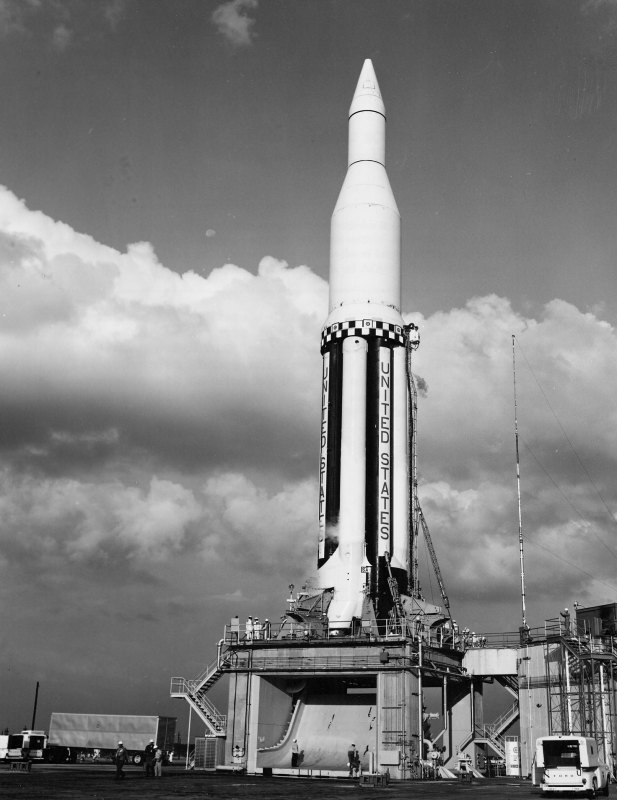
27 October 1961: At 15:06:04 UTC, (10:06 a.m., EST), 3.97 seconds after ignition, the first Saturn C-1 heavy launch vehicle (Saturn I, SA-1) lifted off from Launch Complex 34 at the Cape Canaveral Air Force Station on the east coast of Florida. This was a test of the first stage, only. The rocket’s upper stages were dummies.
At about 109 seconds after liftoff, four inner engines of the first stage shut down, followed 6 seconds later by the outer four. The rocket continued on a ballistic trajectory.
SA-1 reached a maximum speed of 3,607 miles per hour (5,805 kilometers per hour), and a peak altitude of 84.813 miles (136.493 kilometers). It impacted in the Atlantic Ocean 214.727 miles (345.570 kilometers) down range. The duration of the flight was 15 minutes, 0 seconds. The flight was considered to be nearly flawless.
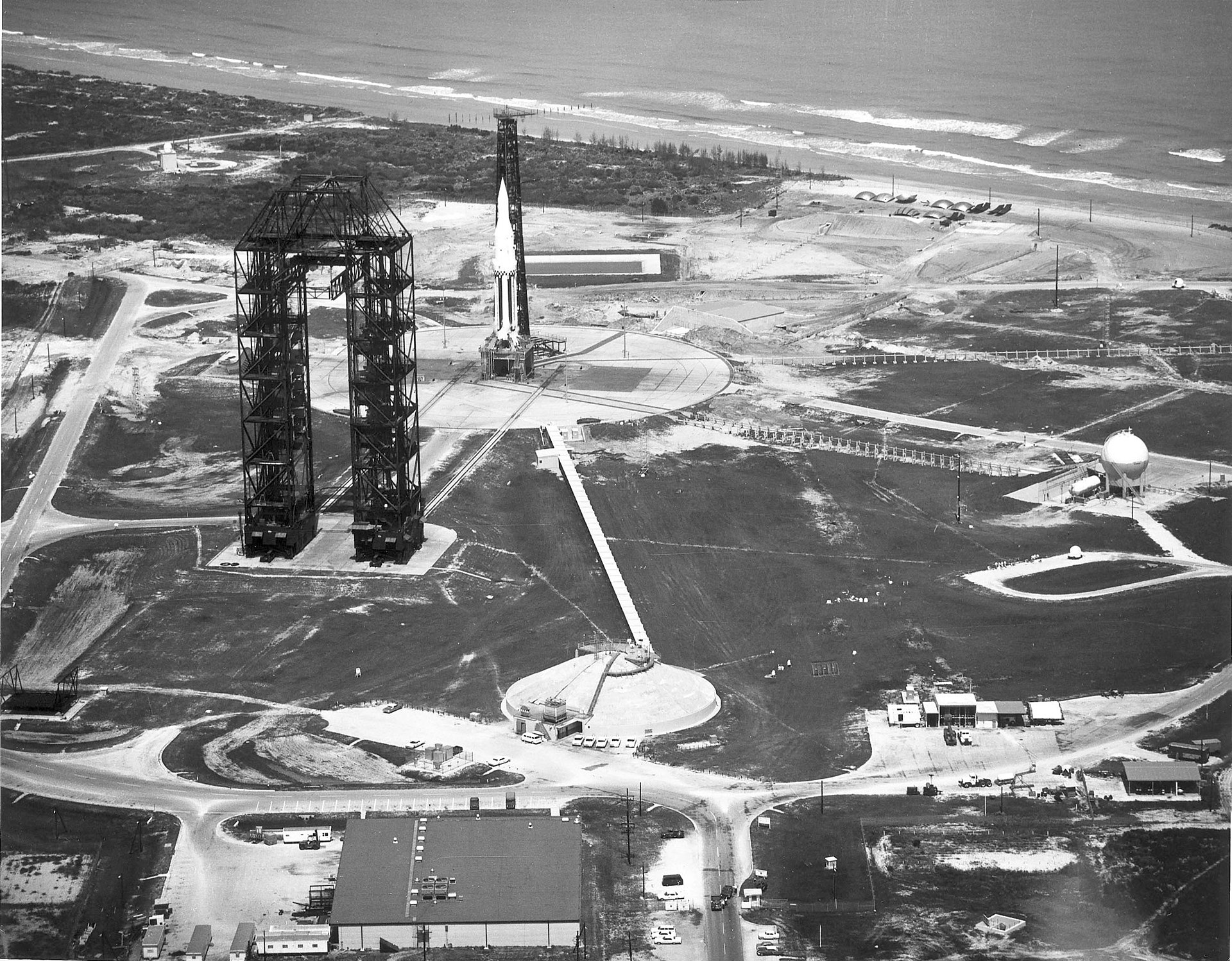
The Saturn C-1 was bigger than any rocket built up to that time. Early versions of the three-stage rocket were 162 feet, 8.90 inches (49.6037meters) tall, with a maximum diameter of 21 feet, 5.0 inches (6.528 meters). The all-up weight was 1,124,000 pounds (509,838 kilograms).
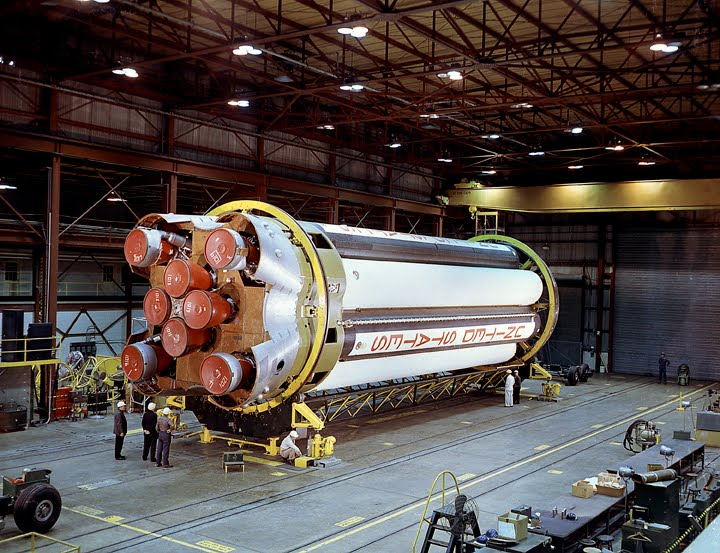

The first stage had been test fired 20 times before being transported to Cape Canaveral by barge.
For the first flight, SA-1, the S-IV second stage and S-V third stage were dummies. The S-IV was filled with 90,000 pounds (40,823 kilograms) of water for ballast. The S-V third stage, carried 100,000 pounds (45,359 kilograms) of water. Mounted above the third stage was a Jupiter nose cone.
The Saturn C-1 weighed 925,000 pounds (419,573 kilograms). It contained 41,000 gallons (155,200 liters) of RP-1, a refined kerosene fuel, with 66,000 gallons (249,837 liters) of liquid oxygen oxidizer— 600,000 pounds (272,155 kilograms) of propellants.
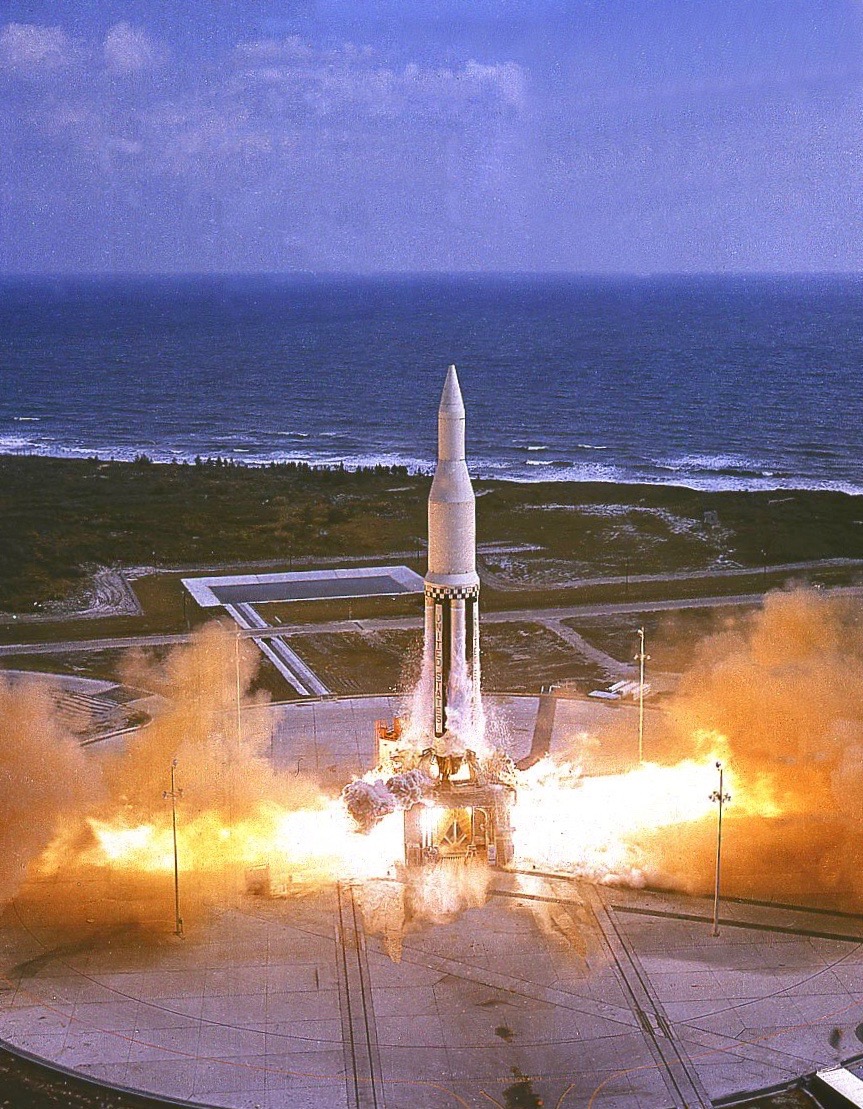
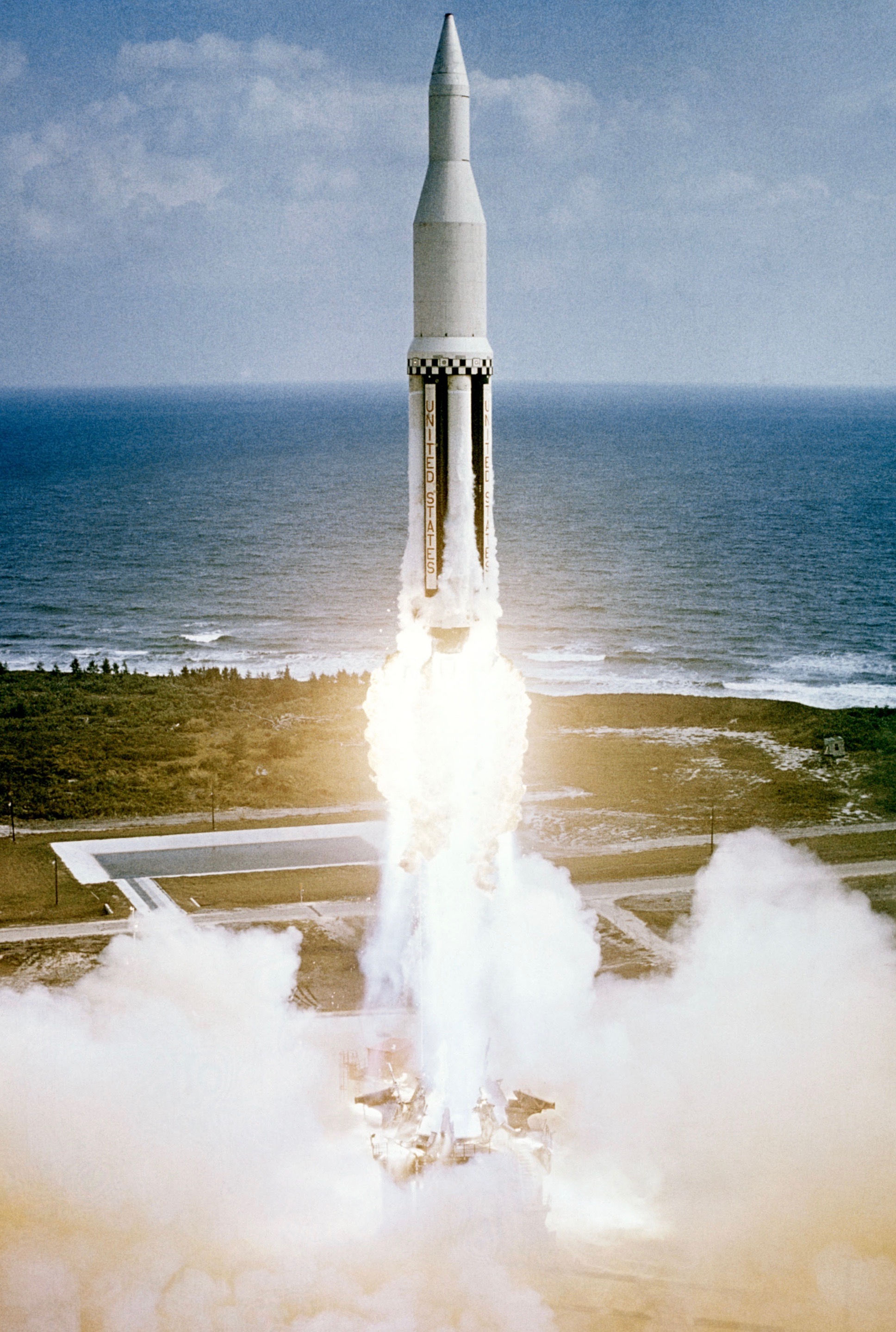
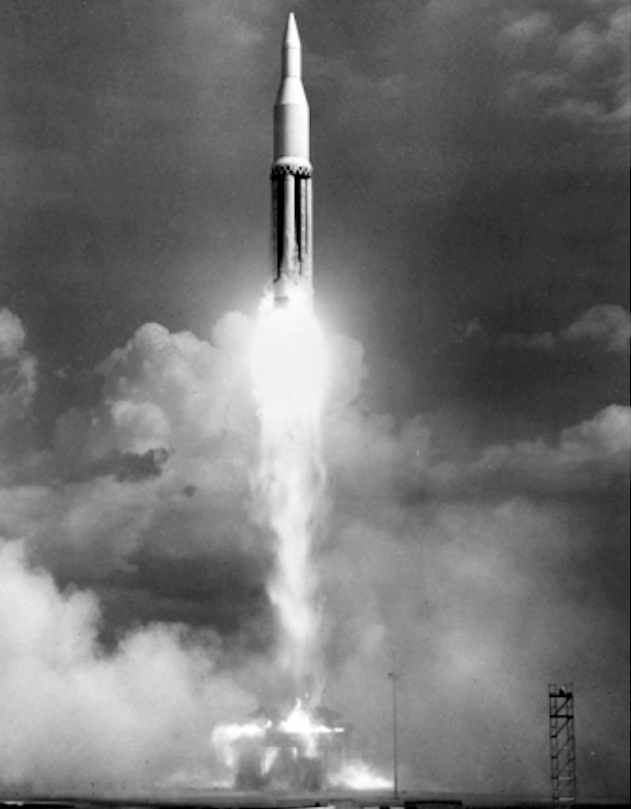
© 2018, Bryan R. Swopes